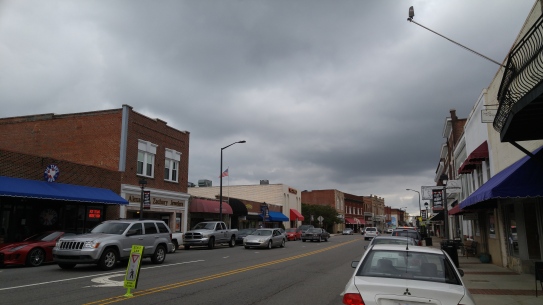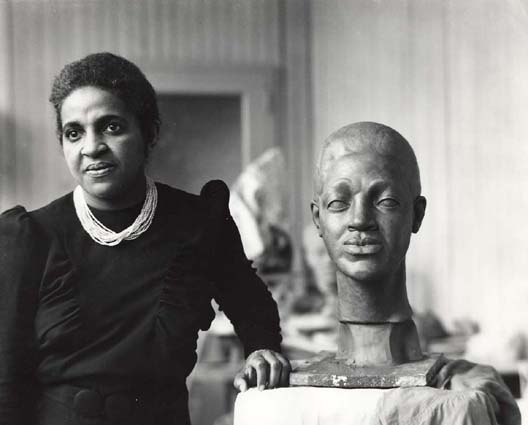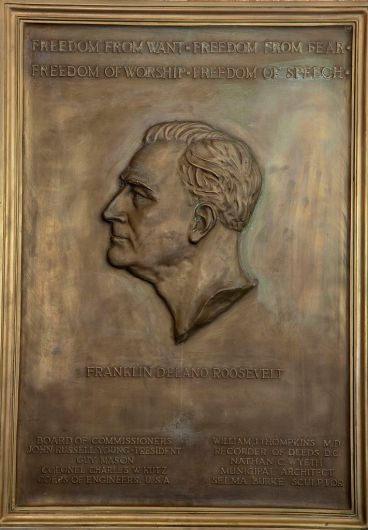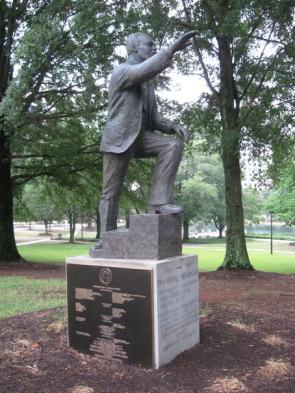By Joanna Grey Talbot
My visit to Mooresville, North Carolina, last weekend was filled with visits to great local businesses and a stroll down a beautiful Main Street. Yet, what stood out to me the most was a piece of the town’s history, which is also a piece of our country’s national history. Towards one end of Main Street, on the wall of the CVS which faces the road, was a series of panels illustrating the town’s history.
The panels explain how the area was settled by English, German, and Scot-Irish families in the mid-1700s. Cotton farms sprung up and in 1856 a railroad was built. It went through the land of a farmer named John Franklin Moore and having built a depot the village of Moore’s Siding was born. In 1873 the town was incorporated as Mooresville. In the early 1900s the town welcomed textile factories, as did many North Carolina towns. One of the factory buildings is still there today but it is shared by a variety of businesses. Today Mooresville is known for its strong ties to NASCAR, as many of the teams’ shops are located nearby.

Downtown Mooresville. Image courtesy of Joanna Grey Talbot, copyright 2016.
Yet, what stood out to me the most was the story of Dr. Selma Burke. She was born in Mooresville in 1900 to Neal Burke, a local AME minister, and Mary Jackson Burke, both descendants of slaves. Dr. Burke attended Winston-Salem State University and St. Agnes Training School for Nurses in Raleigh, graduating in 1924 as a registered nurse. She then moved to New York City and worked as a private nurse.
Living in Harlem she became a part of the Harlem Renaissance as she began focusing on her lifelong love – sculpture. She began working for the Works Progress Administration and the Harlem Artists Guild, teaching young people about art. In the 1930s she was the recipient of the Rosenwald (1935) and Boehler (1936) Foundation Grants, which allowed her to travel to Europe and study under Aristide Maillol of Paris, France, and Povolney of Vienna, Austria.

Dr. Burke in her studio. Image courtesy of the Smithsonian American Art Museum
After returning to the United States she opened in 1940 the Selma Burke School of Sculpture in New York City. In 1941 she graduated with a masters of fine art from Columbia University. After the onset of World War II she joined the Navy. It was during her time in the Navy that she was commissioned to do a bronze relief portrait of President Franklin D. Roosevelt. The bronze plaque was unveiled in 1945 by President Harry S. Truman and can be seen on the outside of the Recorder of Deeds building in Washington, D.C. It was this image that was adapted by the United States Mint for the front of the dime. The image on the dime bears the initials of the engraver, John Sinnock, so Dr. Burke has received very little credit for her contribution. There is still debate within the art world today whether Sinnock actually used Dr. Burke’s image as the model, but regardless, she is a talented artist who deserves a more well-known spot in the narrative of our country’s history.

Dr. Burke’s bronze relief portrait of FDR. Image courtesy of the Library of Congress.
Dr. Burke would go on to establish the Selma Burke Art Center in Pittsburgh, Pennsylvania, in 1968. In 1970, at the age of 70, she completed a Doctorate of Arts and Letters at Livingstone College in Salisbury, North Carolina. In 1980 she unveiled her last major sculpture, a statue of Martin Luther King, Jr., which stands in Marshall Park in Charlotte, North Carolina. She passed away at the age of 94. Her works can be seen at places such as Marshall Park, the Smithsonian American Art Museum, James A. Michener Art Museum, Wisconsin Performing Arts Center, Pearl S. Buck House, and the Philadelphia Museum of Art.

Martin Luther King, Jr. statue in Marshall Park. Image courtesy of http://www.charlotteoutdoorart.org
Sources:
African American Registry: http://www.aaregistry.org/historic_events/view/selma-burke-gifted-artist-many-accomplishments
BlackPast.org: http://www.blackpast.org/aah/burke-selma-hortense-1900-1995
The Mooresville Museum: http://www.themooresvillemuseum.org
What an amazing story you have uncovered!
LikeLike
Very interesting. Keep tracking down these bits of history that give us more complete understanding of the past. 😊
LikeLike
I loved learning about this awesome woman. She overcame a great deal to make a difference in the world.
LikeLiked by 1 person